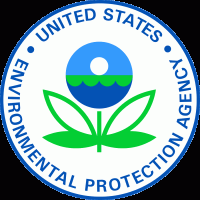U.S. Environmental Protection Agency

The Environmental Protection Agency (EPA) provides leadership in the nation's environmental science, research, education and assessment efforts. EPA works closely with other federal agencies, state and local governments, and Indian tribes to develop and enforce regulations under existing environmental laws. EPA is responsible for researching and setting national standards for a variety of environmental programs and delegates to states and tribes responsibility for issuing permits, and monitoring and enforcing compliance. Where national standards are not met, EPA can issue sanctions and take other steps to assist the states and tribes in reaching the desired levels of environmental quality. The Agency also works with industries and all levels of government in a wide variety of voluntary pollution prevention programs and energy conservation efforts. In July of 1970, the White House and Congress worked together to establish the EPA in response to the growing public demand for cleaner water, air and land. Prior to the establishment of the EPA, the national government was not structured to make a coordinated attack on the pollutants which harm human health and degrade the environment. The EPA was assigned the daunting task of repairing the damage already done to the natural environment and to establish new criteria to guide Americans in making a cleaner environment a reality. Today, EPA employs approximately 18,000 people in Washington, DC, 10 regional offices, and 17 labs across the country. EPA employs a highly educated, technically trained staff, more than half of whom are engineers, scientists, and environmental protection specialists. A large number of employees are legal, public affairs, financial, and computer specialists. EPA is led by the Administrator who is appointed by the President of the United States.